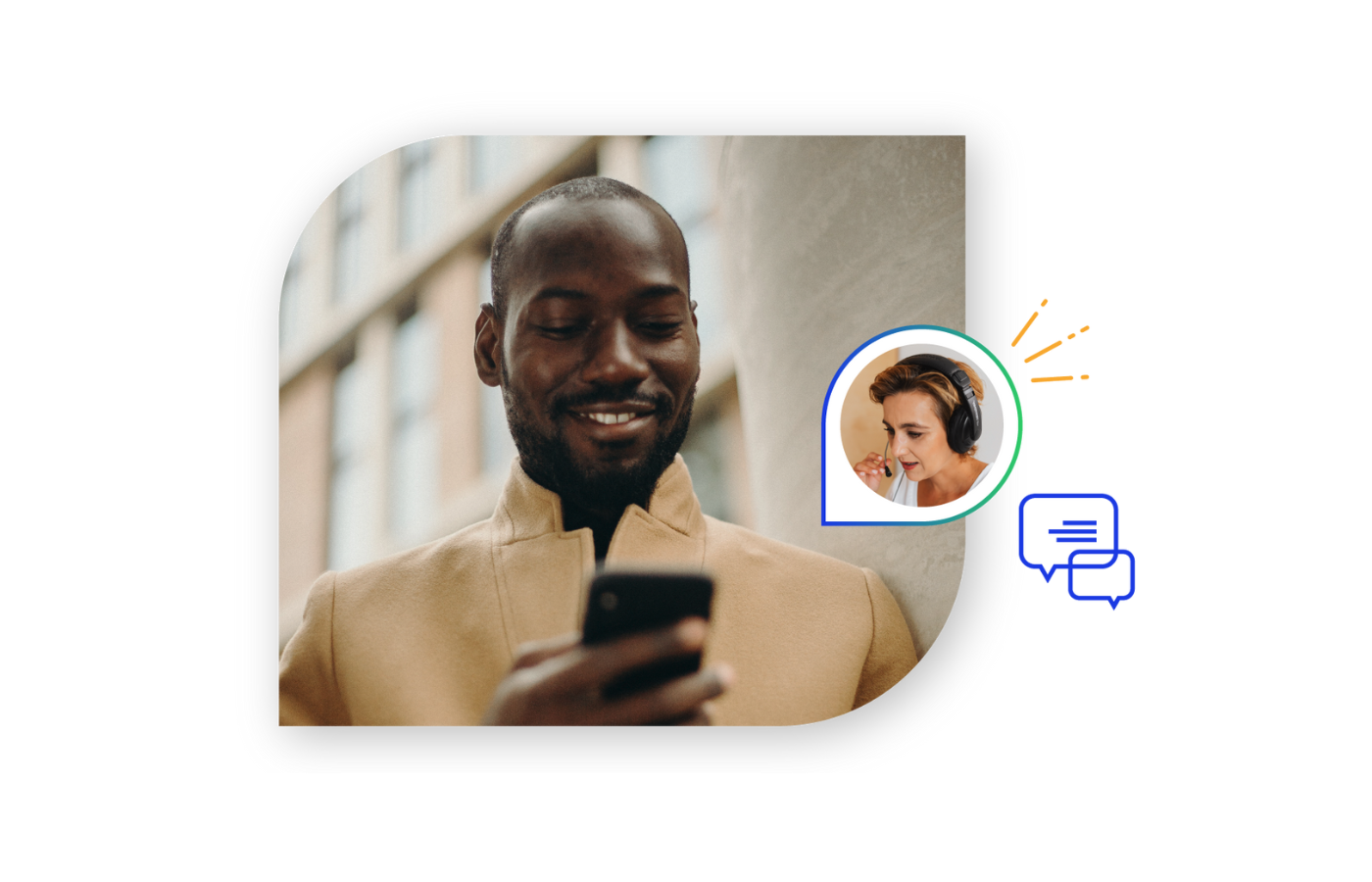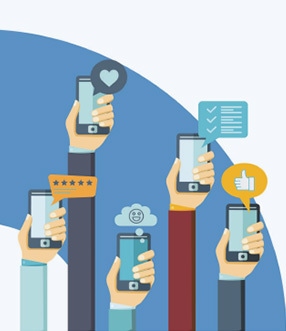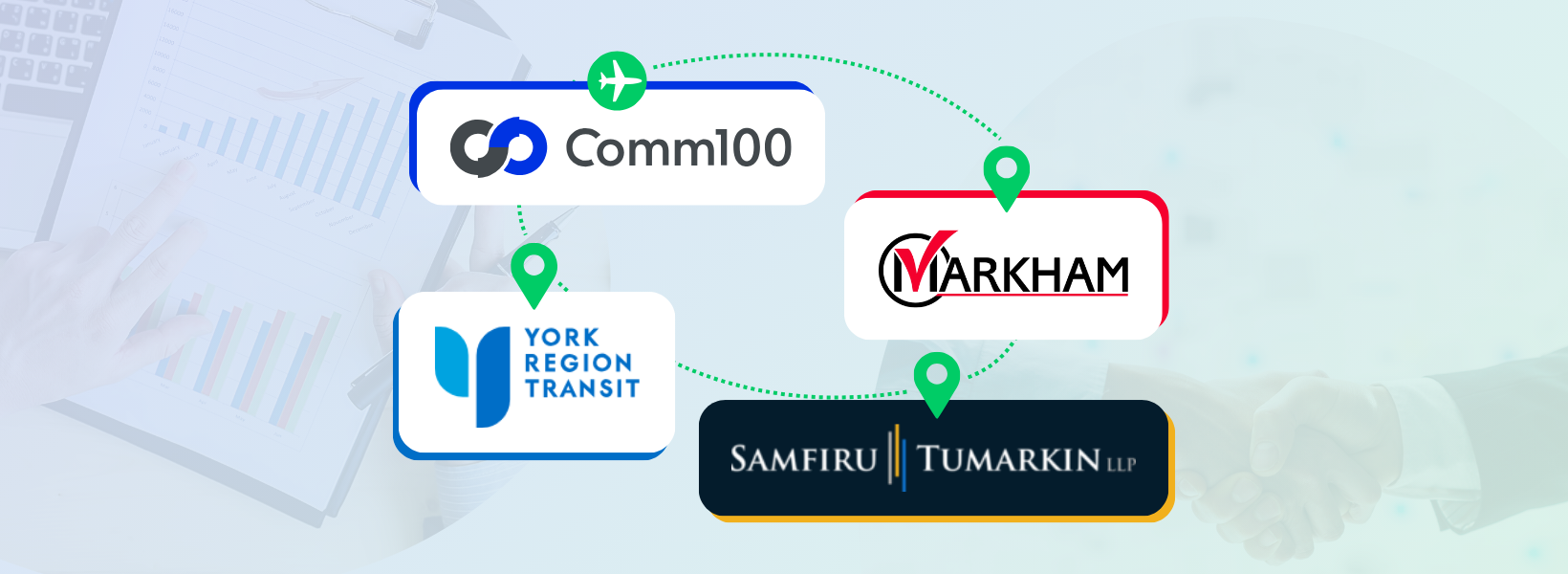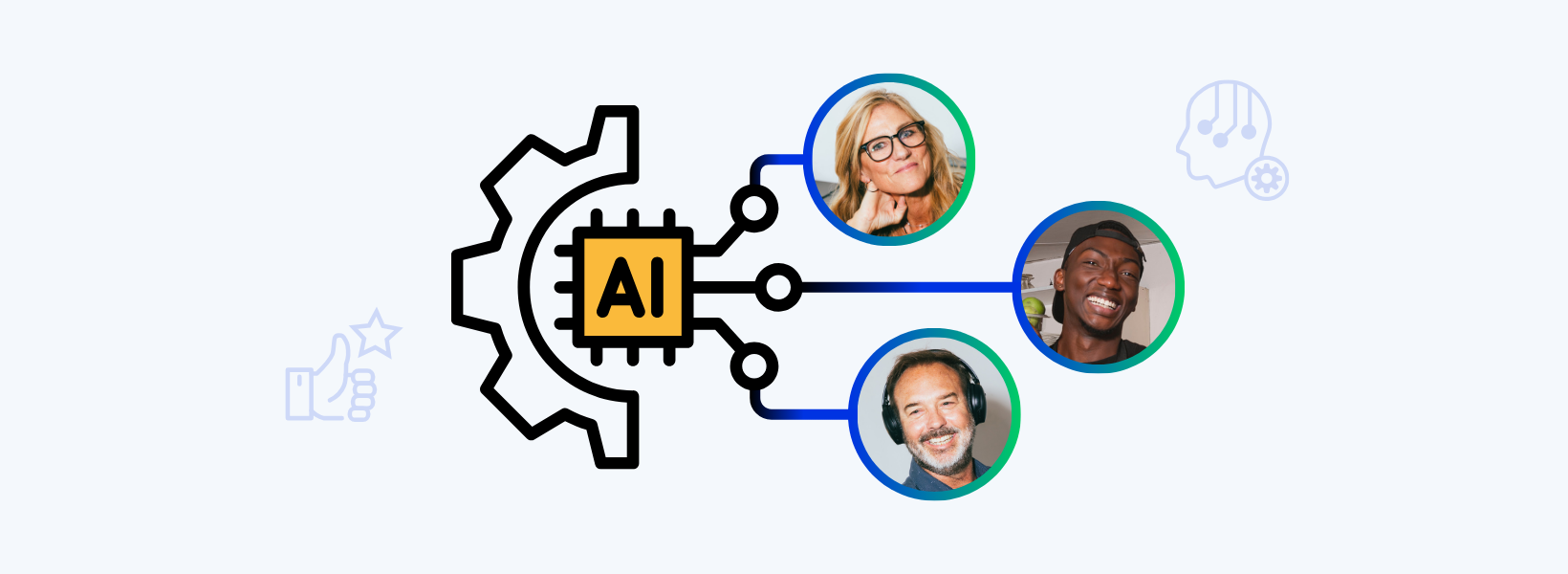A long-held belief is that exceptional customer service will bring with it extraordinary loyalty. This is something we’ve always believed to be true and accurate. After all, the customer is always right, right? This idea is so ingrained in us that 89 of 100 leaders surveyed flat out stated that their primary goal was to exceed customer expectations.
Contrasting this is another viewpoint which states that focusing on delivering exceptional service isn’t what will win customer loyalty – it’s reducing effort that will keep customers coming back.
Championing both of these very disparate viewpoints are two fascinating books that you should definitely read:
- Lessons from the Mouse: A guide to applying Disney World’s Secrets of Success to your organization, Your Career and Your Life, and
- The Effortless Experience: Conquering the New Battleground for Customer Loyalty
They each make a strong case for how best to serve customers and improve their overall loyalty and ‘stickiness’. However, these two books are almost entirely contradictory in their methods and underlying principles.
Let’s explore some elements of each book to see how the lessons taught can be applied to organizations.
Lessons From the Mouse
The mouse, in this case, is probably the most famous and iconic one around aside from Jerry – Mickey Mouse, the mascot for Disney. This book teaches us how to deal with customers to promote a “walk through fire” degree of loyalty the way Disney World does it.
Lessons From the Mouse promotes a few tenets which should be followed to promote customer loyalty.
- First, the customer is always right. Even if they’re wrong, you should not be condescending or answer “stupid” questions with sarcasm.
- “Lessons from the mouse” also emphasizes that you should put yourself in the customers’ shoes to develop empathy. Empathetic support agents are crucial in creating an unforgettable experience.
- Being happy and jovial also makes the job fun and easy to deal with customers.
- “The golden rule” is advocated whereby each customer is to be treated as an interesting and dignified person. It is a simple idea that never fails to work. According to Lessons from the Mouse, when customer care agents develop this mindset, they take on every interaction as a chance to share with an interesting person, and as a result, the customer experience is improved. This also prevents answering seemingly stupid questions with a sarcastic or condescending tone.
How to Apply Concepts from Lessons from the Mouse
“Lessons from the Mouse” is more inclined to help companies whose main CX aim is to exceed customer expectations.
It’s also a great antidote for anyone feeling cynical about their work with customers. For individuals or agents who are feeling like customer questions are mundane or shallow, approaching customers with the mindset that they are dignified and interesting helps to dispel this. It also makes it easier to deal with disgruntled customers when they’re approached with empathy and interest.
Powerful live chat software
Offer real-time, personalized, efficient support that your customers and agents will love at 1/3 the cost of voice support.
Learn more
Comm100 Live Chat
The Effortless Experience
This book, on the other hand, is in direct contradiction to almost all of the teachings from “Lessons from the Mouse.” Whereas the former promotes exceptional, proactive customer service and creating an unforgettable experience, the Effortless Experience emphasizes simplicity over everything else.
The Effortless Experience maintains that in CX, we are often measuring the wrong thing – and we should not focus primarily on customer satisfaction. The book’s main point is that delighting customers in conversation will not create a positive experience. The fact that the customer has needed to have a conversation with you increases the likelihood that they will actually perceive the encounter as a negative experience, because of the effort spent dealing with the issue in the first place.
The writers insist that you should work on the premise that customers do not want to contact you at all. In fact, Forrester research has shown that self-service has overtaken other channelsfor service, showing that customers generally want to solve problems for themselves. And if the customer ends up contacting you, they want a smooth and effortless interaction.
The Effortless Experience insists that the hassle that customers are put through is enough to drive down customer loyalty. Combined with other factors like channel switching, indifferent or plain terrible agents and long resolution times, this makes for experiences that are often full of effort for the customer – and focusing on customer satisfaction doesn’t often solve that effort. What should matter is that customers have an effortless and seamless way to solve the issues that arise.
How to Apply Concepts from The Effortless Experience
Reducing customer effort can be a challenge for organizations which have traditionally focused on improving customer satisfaction. However, there are some tools and processes that you can start to use to analyze and reduce effort in your customer experience:
- Map out the customer journey so that there is a clear understanding of where the customer stands within each step of the process.
- Knowledge bases can help by providing easily readable guides in a format that is navigable, to quickly resolve issues without having to contact customer care agents.
- Call center agents can also receive training on reducing customer effort and tracking requests across channels to prevent repeating information.
To measure the effort that customers need to go through in their interactions, the CEB came up with a new metric called CES – Customer Effort Score. This metric can replace CSat scores on post-support questionnaires. Customers respond to a structured question “XYZ company made it easy to handle my issue” with a rating of between 1 and 7 – 1 being very difficult and 7 very easy. Interpretation of CES can be done by checking the overall average of scores as well as the distribution.
What’s the Right Answer?
As you can see, these two ideologies are very different. Diametrically opposed, almost! The long held belief that exceptional customer service is rewarded with undying customer loyalty probably needs to be looked at. Companies have spent thousands on customer service training with the underlying goal being that you need to be “nice” and “go the extra mile”, however as someone that’s dealt with customers for years, sadly the customer is not always right – and this is something both sides of the argument can agree on.
It’s a difficult message to deliver, but sometimes knowing where to draw the line is a necessity in delivering better customer experiences. It’s important here to weigh up the needs of the many vs. those of the few, and the first step is realizing that you are not going to be able to please everyone all of the time. Once you’ve managed to wrap your head around this concept, I think you’ll probably see the benefits offered by reorganizing your services to minimize effort.
Sadly, resources are tight throughout the business world and many managers and leaders are constantly striving to “do more, with less.” Fortunately, however, by embracing the tenants of the Effortless Experience it is possible to give your customers a great customer service experience and still keep them happy.
Let us know in the comments below which of these two different paths appeals to you. Have you embraced one over the other, or are you still thinking about the two different ideas for your organization?
Download now: How to Create Customer Satisfaction Surveys: Ready-Made Templates, Questions & Tips
Customer satisfaction surveys are an essential tool for any manager looking to drive customer service improvement. The eBook contains tips and techniques to help you get your survey off the ground, whether you’re creating a generic customer satisfaction survey or are looking for something more specialized.
Download Now
eBook








